WordPress Website Maintenance Tips || Wordpress || AI Website
WordPress Website Maintenance Tips: Keep Your Site Running Smoothly
Running a WordPress website is like owning a car—you can’t just drive it forever without regular check-ups. Without proper maintenance, your site can slow down, become vulnerable to hackers, or even crash unexpectedly.
Whether you're a blogger, business owner, or developer, keeping your WordPress site in top shape is crucial for performance, security, and user experience. In this guide, we’ll cover essential WordPress website maintenance tips to ensure your site stays fast, secure, and up-to-date.
Why WordPress Maintenance Matters
Before diving into the tips, let’s understand why maintenance is so important:
Security: WordPress powers over 43% of all websites, making it a prime target for hackers. Regular updates and security checks prevent breaches.
Performance: A slow website drives visitors away. Maintenance ensures optimal speed.
SEO Rankings: Search engines favour well-maintained, fast, and secure websites.
User Experience: Broken links, outdated content, and errors frustrate users.
Backup Safety: If something goes wrong, backups help restore your site quickly.
Now, let’s explore the best WordPress maintenance practices to keep your site in top condition.
1. Keep WordPress Core, Themes & Plugins Updated
One of the easiest yet most neglected tasks is updating WordPress core, themes, and plugins. Developers regularly release updates to:
Fix security vulnerabilities
Improve performance
Add new features
How to Update Properly:
Check for updates weekly (Dashboard → Updates).
Backup your site before updating (more on backups later).
Test updates on a staging site if possible.
Remove unused plugins/themes to reduce security risks.
⚠️ Warning: Never ignore update notifications—hackers exploit outdated software!
2. Perform Regular Backups
Imagine losing your entire website due to a hack, server crash, or faulty update. Without a backup, recovery is nearly impossible.
Best Backup Practices:
Use a reliable backup plugin (Updraft Plus, Blog Vault, or Jetpack).
Schedule automatic backups (daily or weekly, depending on site activity).
Store backups offsite (Google Drive, Dropbox, or Amazon S3).
Test backups to ensure they work when needed.
💡 Pro Tip: Keep at least 3-4 recent backups in case one fails.
3. Optimize Website Speed
A slow website increases bounce rates and hurts SEO. Google considers page speed a ranking factor, so optimization is a must.
How to Speed Up WordPress:
Use a caching plugin (WP Rocket, W3 Total Cache).
Optimize images (compress with Tiny PNG or Smush).
Enable GZIP compression (reduces file sizes).
Use a Content Delivery Network (CDN) (Cloudflare, Bunny CDN).
Choose a fast hosting provider (avoid cheap shared hosting).
Minify CSS & JavaScript (reduces code bloat).
🚀 Test Your Speed: Use Google Page Speed Insights or GT metrix for performance reports.
4. Strengthen WordPress Security
Hackers target WordPress sites daily. Strengthening security prevents malware, brute-force attacks, and data theft.
Essential Security Measures:
Install a security plugin (Word fence, Secure, or I Themes Security).
Use strong passwords (avoid "admin" or "password123").
Enable two-factor authentication (2FA).
Limit login attempts to prevent brute-force attacks.
Change the default login URL (e.g.,
/wp-adminto/my-secret-login).Disable file editing in WordPress dashboard (
wp-config.phptweak).
🔒 Extra Tip: Regularly scan for malware using Secure Site Check or Word fence.
5. Monitor Uptime & Downtime
If your website goes down, you lose visitors, sales, and credibility. Monitoring uptime ensures you’re alerted immediately if your site crashes.
Best Uptime Monitoring Tools:
UptimeRobot (free tier available)
Jetpack Monitor
Site24x7
📈 Ideal Uptime Goal: 99.9% or higher (less than 1 hour of downtime per month).
6. Clean Up Your Database

Over time, WordPress databases collect unnecessary data like:
Spam comments
Post revisions
Transient options
Orphaned metadata
This bloats your database, slowing down your site.
How to Clean Your Database:
Use WP-Optimize or Advanced Database Cleaner.
Delete unused plugins & themes.
Remove spam comments & post revisions.
🗑️ Pro Tip: Backup your database before cleaning!
7. Check for Broken Links
Broken links (404 errors) harm user experience and SEO. Google penalizes sites with too many dead links.
How to Find & Fix Broken Links:
Use a plugin (Broken Link Checker).
Scan with Google Search Console.
Redirect broken links (301 redirect via .ht access or a plugin like Redirection).
🔗 Bonus: Update internal links to improve SEO and navigation.
8. Review User Roles & Permissions
If multiple people access your WordPress dashboard, ensure they have the right permissions. Unauthorized changes can break your site.
Best Practices for User Management:
Assign minimal necessary roles (Editor, Author, Contributor).
Remove inactive users.
Audit admin access regularly.
👥 WordPress User Roles Hierarchy:
Administrator (full access)
Editor (manage posts)
Author (write & publish own posts)
Contributor (write but not publish)
Subscriber (comment & profile access)
9. Test Your Website on Different Devices
With mobile traffic dominating, your site must look and function well on all devices.
How to Ensure Mobile Responsiveness:
Use Google’s Mobile-Friendly Test.
Check on real devices (phones, tablets).
Use a responsive WordPress theme (Astra, Generate Press).
📱 Mobile Optimization Tip: Avoid large pop-ups that block content on small screens.
10. Review SEO & Content Updates
SEO isn’t a one-time task. Regularly updating content and optimizing for search engines keeps traffic flowing.
SEO Maintenance Checklist:
Update old blog posts (refresh stats, add new info).
Check meta titles & descriptions.
Fix duplicate content issues.
Submit sitemap to Google Search Console.
🔍 SEO Tools to Use: Yoast SEO, Rank Math, or All in One SEO Pack.
11. Stay Compliant with Legal Requirements
If you collect user data (emails, payments), you must comply with privacy laws like GDPR, CCPA.
Legal Must-Haves:
Privacy Policy (use a plugin like WP Legal Pages).
Cookie Consent Banner (Cookie Yes, Complian).
SSL Certificate (HTTPS for security).
⚖️ Note: Non-compliance can lead to fines.
12. Monitor Website Analytics
Tracking visitor behaviour helps improve user experience and marketing strategies.
Key Metrics to Watch:
Traffic sources (Google Analytics).
Bounce rate (high bounce rate = poor engagement).
Top-performing pages (double down on what works).
📊 Tool Recommendation: Google Analytics + Monster Insights plugin.
Final Thoughts: Make Maintenance a Habit
WordPress maintenance isn’t optional—it’s a necessity. By following these 12 essential WordPress website maintenance tips, you’ll:
✅ Improve security (fewer hack risks)
✅ Boost speed (better user experience)
✅ Enhance SEO (higher rankings)
✅ Prevent disasters (backups save the day)
Set a monthly maintenance schedule and stick to it. A little effort now saves massive headaches later!
Need Help? Consider Professional Maintenance Services
If managing updates, backups, and security feels overwhelming, hire a WordPress maintenance service (like WP Buffs or Maintain) to handle it for you.
Conclusion:
Maintaining a WordPress website isn’t a one-time task—it’s an ongoing process that ensures your site remains secure, fast, and user-friendly. Neglecting maintenance can lead to security breaches, poor performance, and lost traffic, which ultimately hurts your brand and revenue.
By following these essential WordPress maintenance tips, you can:
✔ Prevent security threats by keeping core files, themes, and plugins updated.
✔ Avoid data loss with automated, offsite backups.
✔ Boost site speed through caching, image optimization, and database clean up.
✔ Enhance SEO rankings by fixing broken links and updating content.
✔ Improve user experience with mobile responsiveness and uptime monitoring.
Final Action Steps:
Schedule regular maintenance checks (weekly or monthly).
Use reliable tools & plugins to automate tasks where possible.
Stay informed about WordPress updates and best practices.
A well-maintained WordPress site not only performs better but also builds trust with visitors and search engines. Start today—your future self (and your website visitors) will thank you! 🚀
Need Help? If managing maintenance feels overwhelming, consider hiring a WordPress maintenance service or developer to handle it for you.
What’s your biggest challenge with WordPress maintenance? Let me know in the comments! 💬



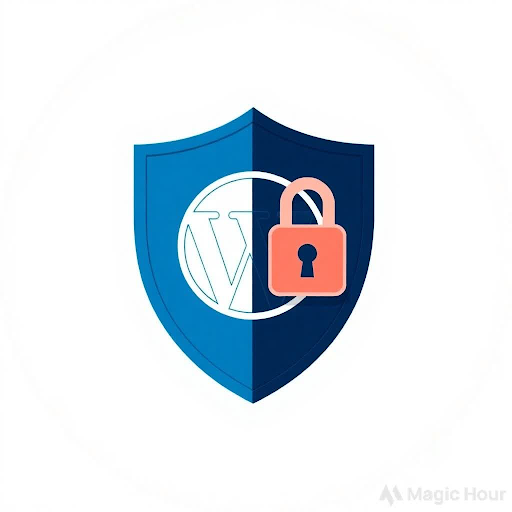


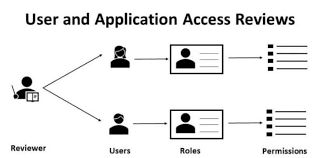


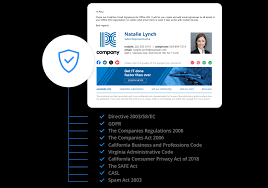

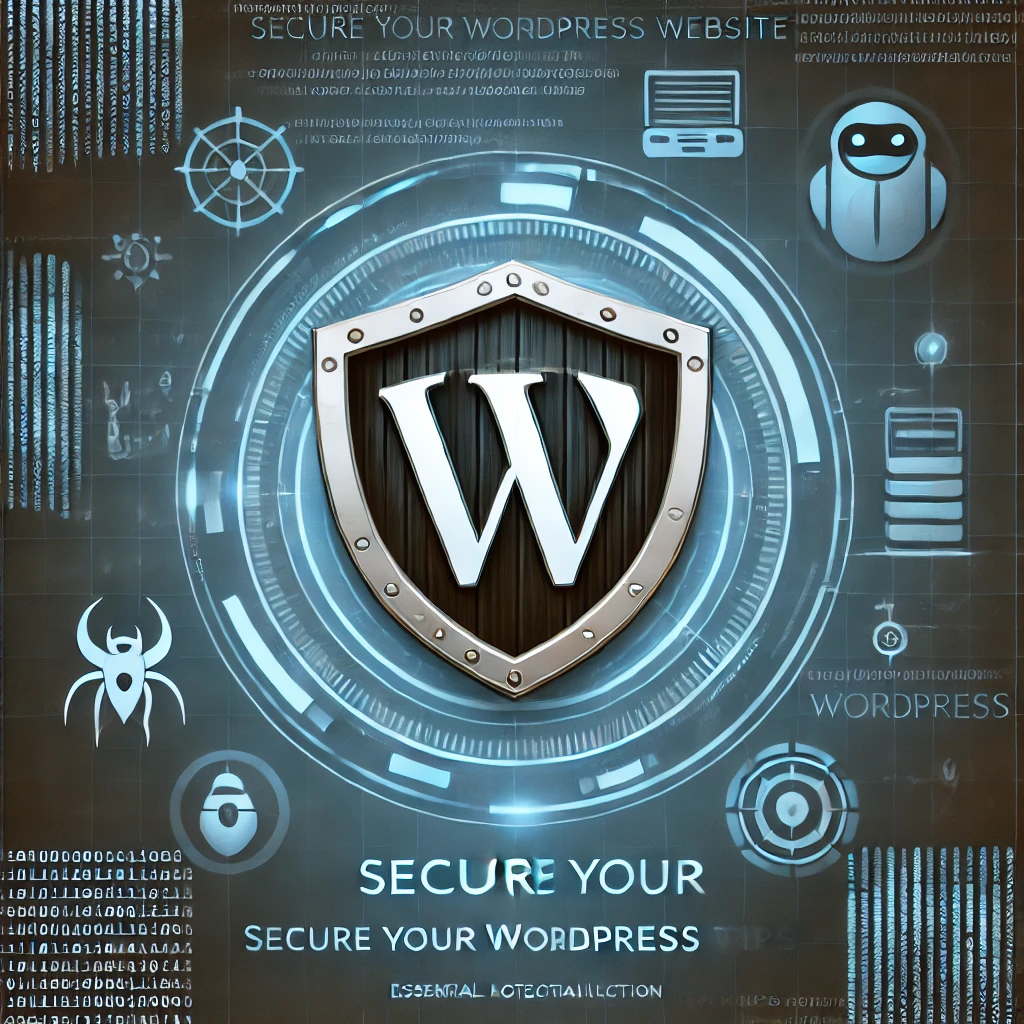

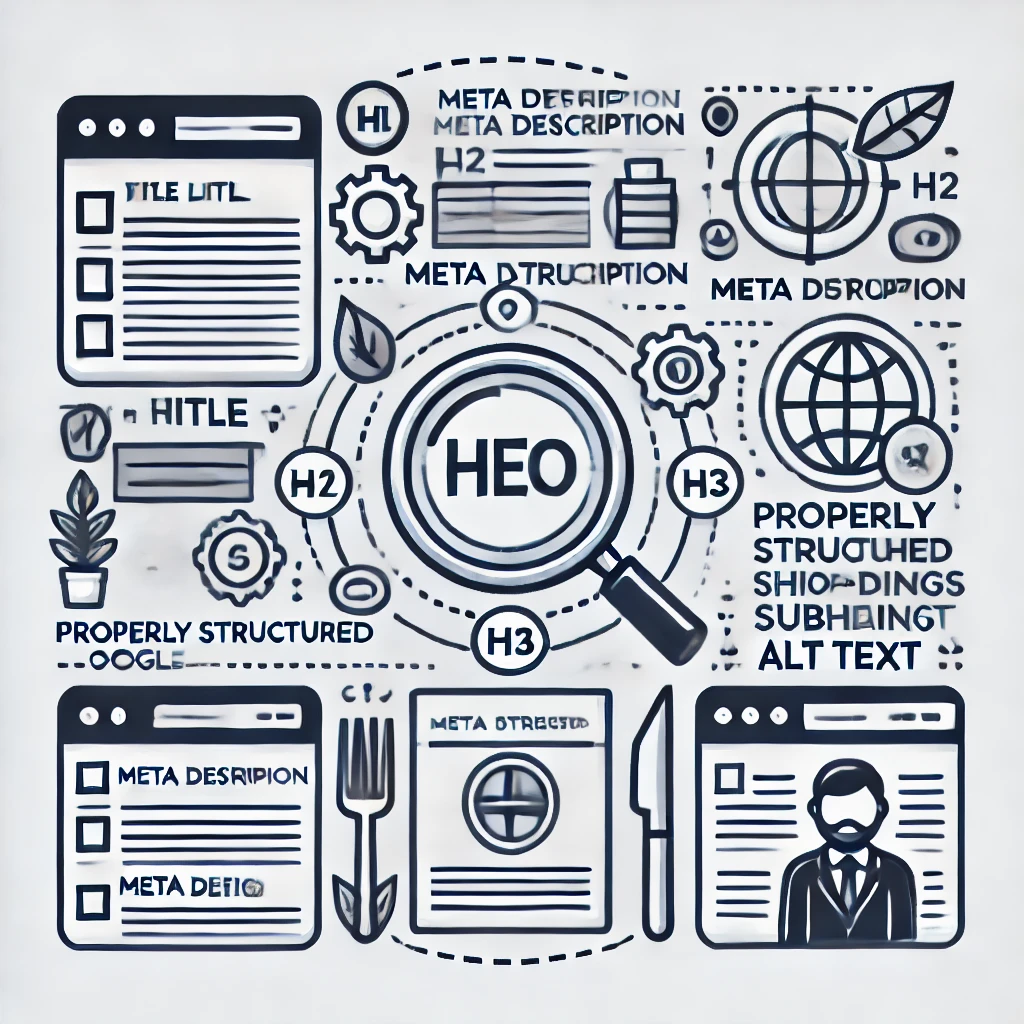
Comments
Post a Comment